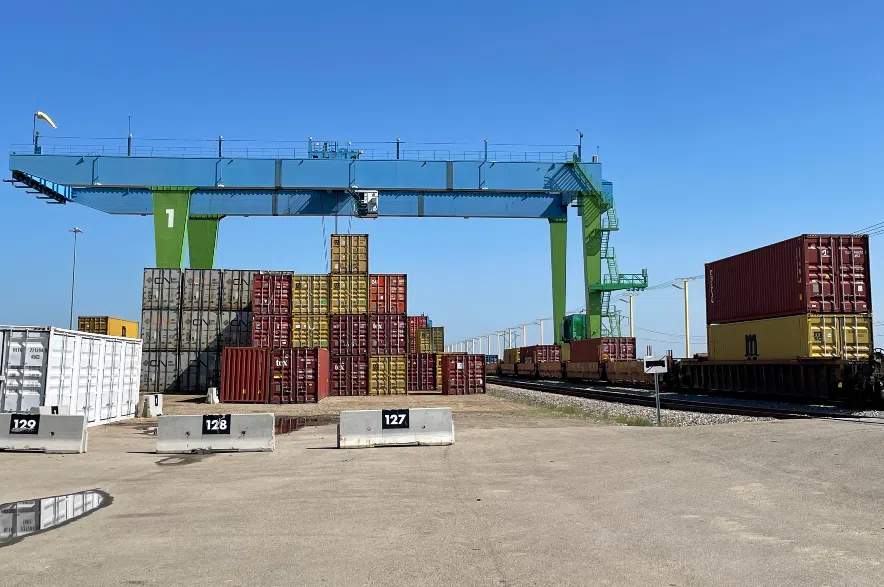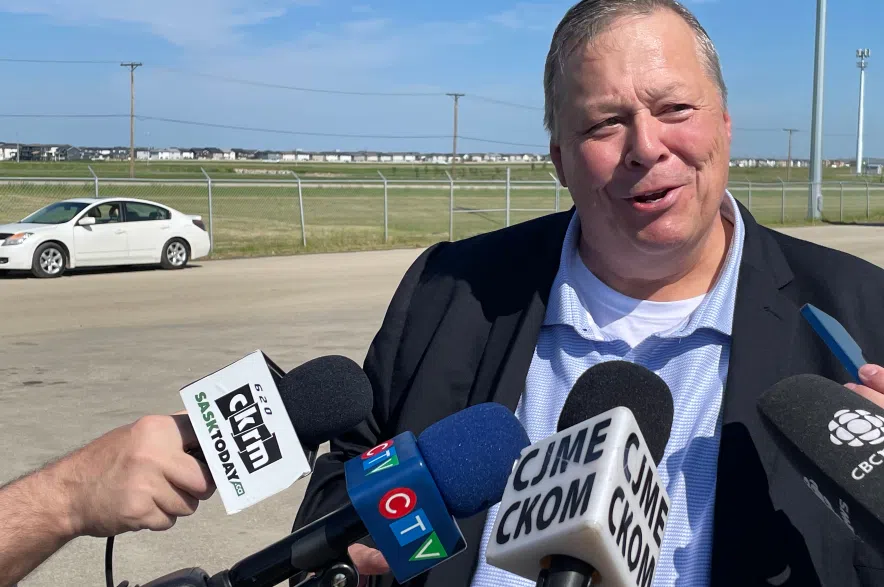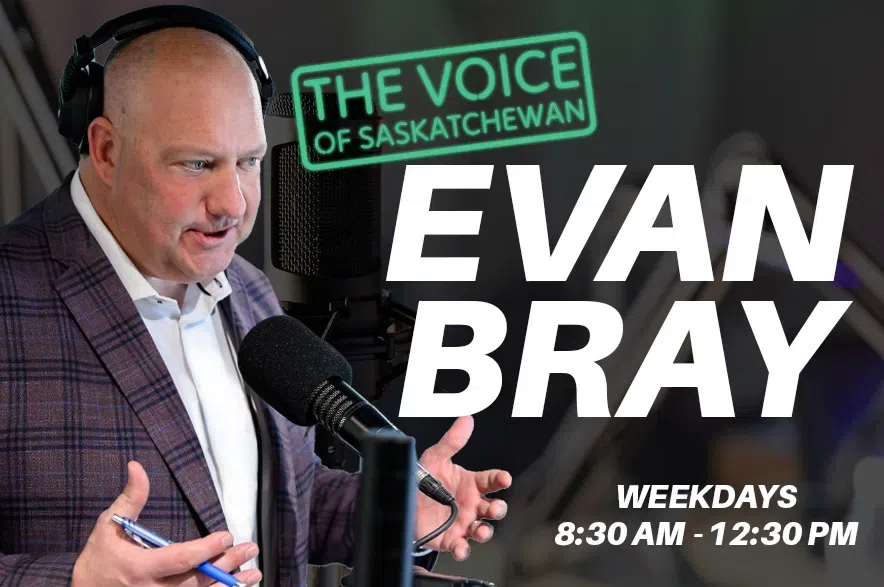There could be fewer semi trucks driving on Saskatchewan’s highways soon.
The provincial government allocated $1 million towards short line rail infrastructure investments and Highways Minister David Marit expects the funding will move some trade onto the tracks.
Read more:
- Sask. NDP calls for more short-line rail investment to reduce dependence on the U.S.
- Premier Scott Moe pitches ‘port-to-port corridor’ for energy and other exports
“Anytime we can take any commodity off of our highways and put it onto a rail line it is a good thing. Not only for our highways, but it’s also a good thing for those people that are using those short lines as well,” he said.
According to Marit, the benefits for people lie in the increased opportunities to market and move their product more efficiently via the short-line rails.
But the funding isn’t anything new.
It was included as part of this year’s provincial budget in March and supports 13 short-line railways.
President of the Western Canadian Short-Line Railway Association Andrew Glastetter said it’s an investment into a critical component of Canadian supply chains.
“Saskatchewan short-line railways originate about 20 per cent of all rail freight traffic across the country, and we’re that critical first mile and last mile in the supply chain network,” said Glastetter.
The $1 million is roughly an 88 per cent increase from last year’s funding of $530,000.
Those railways with less than 80 kilometres of tracks received at least $45,000, while larger networks got a proportional amount based on how much track they operate.
Great Western Railway, operating in the Assiniboia, Shaunavon, and Coronach areas, got the most money for a total of $250,073.

Investing into short line rails could mean that goods typically moved by truck instead move by train move, leading to less wear and tear on roads, according to Highways Minister David Marit. (Marija Robinson/980 CJME).
Money going towards more than maintenance
The boost in funding doesn’t mean there’s increased oversight in how it’s spent, though.
Marit explained that companies can put the money towards, “whatever they need to use those dollars for.”
Those needs might range from upgrades to bridges, culverts or tracks to improvements in crossing surfaces and sight lines, according to a government release.
Glastetter pointed out that many short line railways took over aging tracks, “that were likely to be abandoned.”
Most of them have already put in a significant amount of work to refurbish the tracks and stay on top of maintenance, according to Glastetter.
Instead, he said the money could also be used for larger-scale investments.
“A lot of us are also working on infrastructure projects. We’re looking to build business development and explore trade and export opportunities,” Glastetter said.
According to Glastetter, these projects could include improving tracks, allowing trains to go faster and carry heavier loads.
Read more:











